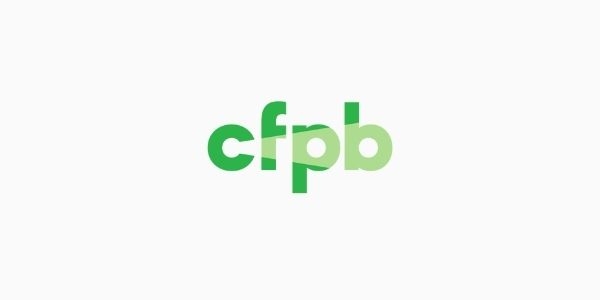
CFPB Issues Final Rule To Facilitate Transition From LIBOR

The transition from LIBOR was set into motion after a criminal rate-setting conspiracy implicated large international banks and undermined public confidence in the index.
The Consumer Financial Protection Bureau (CFPB) today finalized a rule facilitating the transition away from the LIBOR interest rate index for consumer financial products, including mortgages.
The rule establishes requirements for how creditors must select replacement indices for existing LIBOR-linked consumer loans after April 1, 2022. Under the rule, no new financial contracts may reference LIBOR as the relevant index after the end of 2021. Starting in June 2023, LIBOR can no longer be used for existing financial contracts.
The London Inter-Bank Offered Rate, or LIBOR, is an interest-rate average calculated from estimates submitted by the leading banks in London, according to Wikipedia. Each bank estimates what it would be charged were it to borrow from other banks, and the resulting average is abbreviated to LIBOR.
The transition from LIBOR was set into motion after a criminal rate-setting conspiracy implicated large international banks and undermined public confidence in the index. Approximately $1.4 trillion of consumer loans are estimated to be currently tied to LIBOR.
“The criminal manipulation of LIBOR by global financial institutions was extremely costly to our country,” said CFPB Director Rohit Chopra. “LIBOR will soon be a relic of history, and we will be working to ensure that companies make an orderly transition away from this index.”
The final rule, effective April 1, 2022, includes closed-end credit provisions that require creditors to choose an index comparable to LIBOR when changing the index of a variable-rate loan, or consider it a refinancing for purposes of Regulation Z.
To help creditors determine a comparable index for closed-end loans, the rule identifies certain Secured Overnight Financing Rate (SOFR)-based, spread-adjusted indices recommended by the Alternative Reference Rates Committee (ARRC) for consumer products as examples to illustrate a reference rate that would be comparable to replace 1-month, 3-month, or 6-month tenors of USD LIBOR.
Another closed-end credit provision of the final rule includes a non-exhaustive list of factors for creditors to help determine whether a replacement index meets the Regulation Z “comparable” standard regarding a particular LIBOR index. The rule also updates post-consummation disclosure sample forms for certain adjustable-rate mortgage loan products replacing LIBOR references with a SOFR index.
For open-end loans, the rule adds LIBOR-specific provisions to permit creditors or card issuers for HELOCs and credit card accounts to replace the LIBOR index and adjust the margin used to set a variable rate on or after April 1, 2022, if certain conditions are met. The creditor or card issuer generally must choose a replacement index that has historical fluctuations that are substantially similar to those of the LIBOR index and ensure that the new interest rate or APR is substantially similar.
The rule provides creditors and card issuers with a non-exhaustive list of factors to consider when determining whether a replacement index meets the Regulation Z “historical fluctuations are substantially similar” standard regarding a particular LIBOR index, and identifies certain SOFR-based spread-adjusted indices recommended by the ARRC for consumer products and the Prime rate as examples of indices that meet this standard.
The rule also finalizes change-in-terms notice requirements proposed by the Bureau for disclosing margin reductions for HELOCs and credit card accounts when LIBOR is replaced.
To help consumers understand how creditors will determine rate changes in the variable rates for their loans, these disclosure requirements will be effective April 1, 2022, and have a mandatory compliance date of October 1, 2022. In addition, the rule also amends Regulation Z to address how the requirement to reevaluate rate increases on credit card accounts applies to the transition from using a LIBOR index to a replacement index.
The CFPB is reserving judgment on the SOFR-based spread-adjusted replacement index to replace 1-year USD LIBOR until it obtains additional information. Once the CFPB knows which SOFR-based spread-adjusted index the ARRC will recommend for replacing the 1-year USD LIBOR index for consumer products, it will consider whether that index meets the comparability and “historical fluctuations are substantially similar” standards and, if so, whether to codify such determinations in a supplemental final rule.
“Creditors and servicers must continue preparing for the end of LIBOR,” Chopra said. “By developing orderly and clear steps to reduce risks to people who may be impacted by the transition, creditors and their servicers can mitigate compliance, legal, financial, and operational risks and support a healthy recovery.”
You can read the final rule here.
https://files.consumerfinance.gov/f/documents/cfpb_facilitating-libor-transition_final-rule_2021-12.pdf




